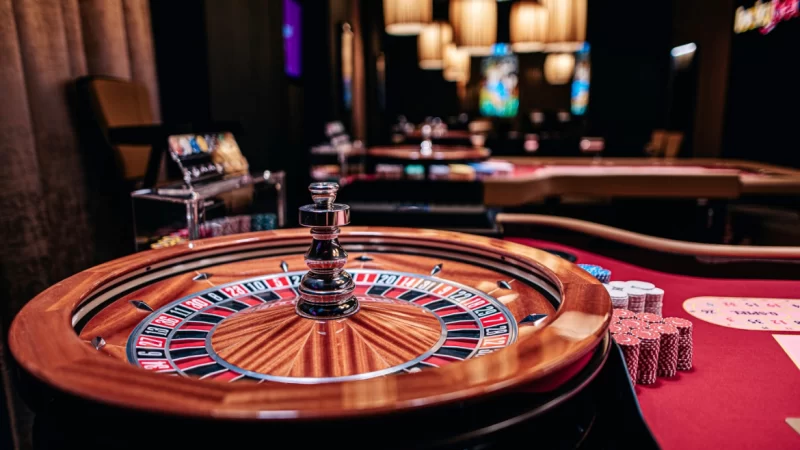The Psychology of Casino Design – How Casinos Influence Your Gambling Behavior

Bill describes that casinos use spatial design frameworks designed to convert visitors into players, including using large facades and pathways with alluring signage that draw people in.
They use music that stimulates the senses and scents that will manipulate emotions to manipulate moods, offering free drinks to decrease inhibitions and promote spontaneous decision-making.
Loss Aversion
Humans tend to be more sensitive to losses than similar gains, an effect known as loss aversion which is represented by the subjective value function from prospect theory. A recent EEG study discovered that scalp potentials increased when participants rejected coin tosses with equal chances of winning or losing; suggesting individuals are more likely to reject losses than accept similar gains.
Roger Thomas is an esteemed casino designer known for promoting an “attractive playground” concept whereby players are immediately drawn into the gaming area. This style aims to make casinos feel cozy and intimate to encourage them to stay longer and keep returning.
Unfortunately, this style can also increase cognitive load and limit introspection resulting in unwise gambling decisions due to multiple distractions requiring high levels of concentration that erode working memory and lead to guesses being relied upon when making decisions.
Positive Reinforcement
Researchers maintain that effective judgment and decision making hinge on one’s approach to each task at hand, with factors like environment having an enormous influence over judgment and decision making (Spenwyn et al., 2010). When gambling environments affect our motivations and beliefs about winning (which may impact upon accuracy and consequences), those decisions could prove more successful (Spenwyn et al.).
Casinos are designed to keep gamblers captivated for as long as possible by creating an immersive gambling experience, often by eliminating windows and clocks to create an elongated gambling session that makes players spend more than planned.
Casinos also provide stimuli like flashing lights, loud music and human crowding to distract players and promote risky decisions. These cues help people ignore their losses and continue gambling after spending all of their money; this process is known as positive reinforcement and forms part of operant conditioning.
Anchoring
Casinos have long mastered the art of keeping customers playing longer – not simply through free drinks – by employing various psychological principles to manipulate your senses and emotions, leading to longer gambling sessions.
At a casino, your most recent loss or win can act as an anchor, shaping both judgment and decision-making processes. For instance, winning $1000 might influence more risky choices than if you’d lost only $500.
Lighting and color play an integral role in shaping your gambling experience, with vibrant hues exciting you and blue tones soothing. Gaming tables and machines are strategically laid out so as to draw players deeper into the gambling area; further reinforced by music or sounds that help shape mood and emotions while keeping you involved with gambling for longer.
Scarcity
Entertaining one’s senses can be luxurious when entering a casino with its bright lights and slot noises (even if coins no longer drop), yet casinos don’t exist just to be fun and alluring; their purpose lies in manipulating psychological principles of loss aversion, positive reinforcement, anchoring and scarcity.
By stimulating gamblers’ desire for control through making them believe their skills and knowledge can swing the odds in their favor, casinos tap into human nature. This increases engagement and lengthens gaming sessions.
Music is another effective weapon in a casino’s arsenal, and research has demonstrated this. Studies have revealed that people are more likely to play slot machines when listening to specific songs; this serves as an emotional cue as its tempo and pitch can trigger gambling behaviors and alter how quickly people respond to rewards.







